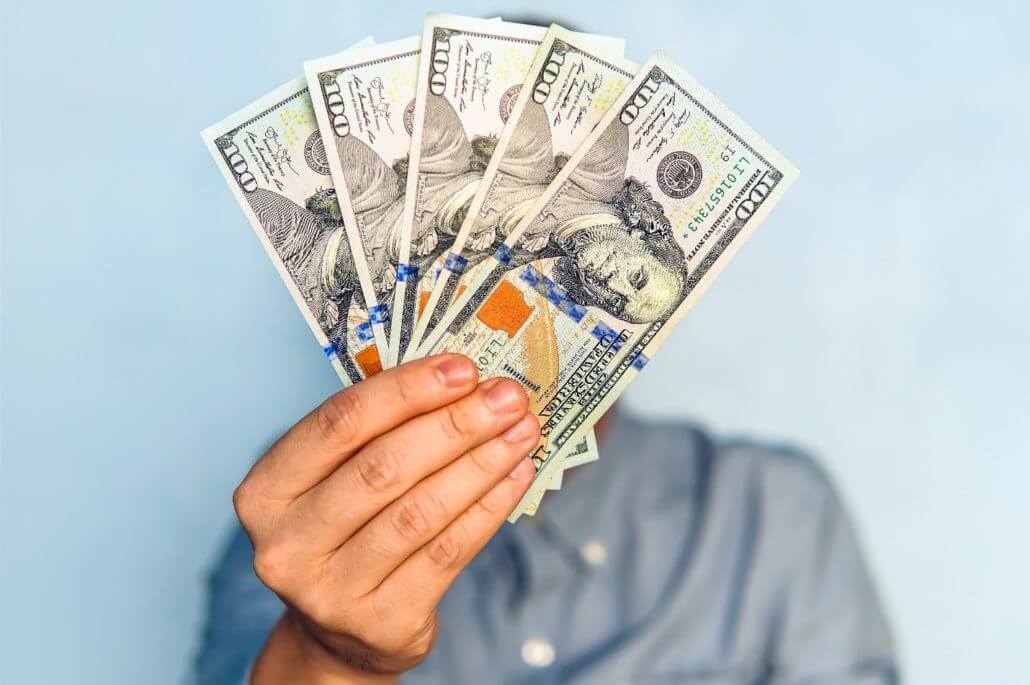On Thursday, the dollar remained towards the middle of its recent range versus key peers, as traders waited for clues from next week’s Federal Reserve policy meeting. The Federal Open Market Committee’s (FOMC) two-day policy meeting, which concludes on September 22, might provide some clarity on the prospects for tapering and eventual interest rate hikes.
Tapering usually boosts the dollar since it implies the Fed is getting closer to tighter monetary policy.
It also implies that the central bank will purchase fewer debt assets, reducing dollars in circulation while enhancing its value.
Currencies
The New Zealand currency rose as the economy expanded at a far quicker rate than predicted. It bolstered the view that the central bank will begin raising interest rates despite a recent coronavirus outbreak.
After temporarily soaring as much as 0.47 percent, the kiwi was 0.23 percent higher at $0.7125.
The dollar index compares the US currency to six rivals. It was steady from Wednesday at 92.483. The dollar purchased 109.33 yen, down marginally from Wednesday’s six-week low of 109.110.
The euro was steady at $1.1816, settling between the month’s high and low of $1.1909 and $1.17705.
The yen’s strong performance on Wednesday may have been aided by foreign flows into Japanese stocks, with the Nikkei reaching a multi-decade high this week, as well as short positions being covered.
Norway’s Crown
In other news, Norway’s crown climbed marginally to 8.5710 per dollar, pushing back near the more than two-month high of 8.5598 achieved overnight on an oil price rebound.
The pound reached its highest level against the euro since June 25 at 10.1119.
EURNOK is one of the favorite exposures to play a rising crude price. Chris Weston, head of research at Melbourne broker Pepperstone, wrote in a client note, we see a solid bearish trend here.
The Australian dollar remained unchanged at $0.7335.
The country’s unemployment rate unexpectedly decreased to 4.5 percent. However, the statistics office claimed the drop was due to a decline in participation rather than strengthening the labor market.
Investors Price in RBNZ Rate Hike
The RBNZ delayed hiking interest rates in August after the country went under a COVID-19 lockdown due to a new outbreak of the Delta strain of COVID-19 in Auckland but said an increase was still on the table. Nonetheless, the market has already priced in a 25-basis-point rate hike at the next central bank meeting in October. The Consumer Price Index (CPI) in the United States came in at +5.3 percent in August, as expected, remaining unchanged from July. However, excluding food and energy, the core inflation rate was lower than projected at 4.0 percent, which was unexpected.











